Residential Investments in Germany – including Berlin Residential Investment Market – November 2019
29. Nov 2019
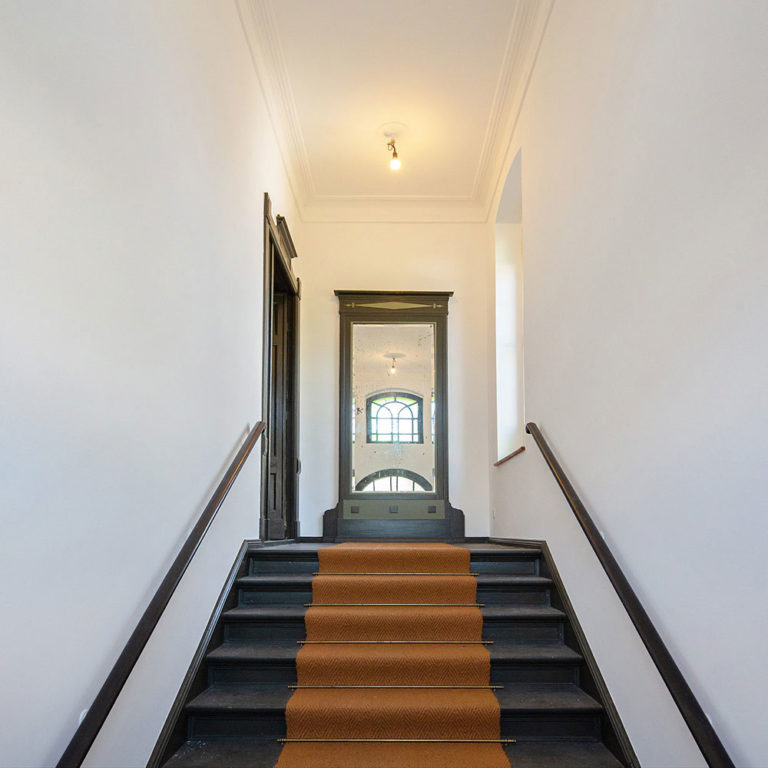
29. Nov 2019

Dear Reader,
There’s no shortage of controversy surrounding Berlin’s upcoming rent freeze and cap. As the original proposal came from the governing SPD, we asked one of their young politicians for his take on the left-of-centre party’s real estate policy. He has some interesting demands – which go in a completely different direction than his party would probably expect. Unpacking the debate surrounding expropriation, rental price brakes, freezes and caps, we ask: What are politicians hoping to achieve? Shouldn’t their aim be to guarantee both tenant satisfaction and a fair balance between the interests of owners and tenants? One common denominator for both groups is sustainability – an issue that also has an impact on rising energy costs. On the subject of tenant satisfaction, Thomas Meyer has some interesting findings from a recent WERTGRUND study, which leads us seamlessly to a question from Konrad Jerusalem: How can the building sector possibly achieve its ambitious climate targets? After all, improving the energy efficiency of the buildings we use can also contribute to higher levels of satisfaction among both owners and tenants.
We wish you an informative read and a pleasant end to what has been a tumultuous year
Jürgen Michael Schick and Dr. Josef Girshovich

Konrad Jerusalem | Managing Director of Argentus GmbH, Düsseldorf
According to the German Energy Agency (dena), there are 21 million buildings in Germany and they account for 35% of the country’s total energy consumption. What’s more, there is huge potential to reduce the energy used for heating, hot water, lighting and air conditioning. It is therefore hardly surprising that the German government is determined to reduce primary energy requirements in the building sector, cutting consumption as far as possible and substantially increasing the amount of energy generated by renewable sources. As an interim target, the federal government is aiming for 14% of Germany’s energy to be generated by renewable sources by 2020. Three years ahead of schedule, the target was almost achieved in 2017. In terms of reducing consumption, however, there is still a long way to go. The largest single energy consumer in the building sector is heating – the interim target envisaged a reduction of 20% in heating energy consumption by 2020 compared with 2008. Unfortunately, as things currently stand, it doesn’t even look as if a reduction of 10% will be achieved. One reason for the failure to hit the 20% target is that Germany has a large stock of older buildings and they are not being renovated and modernised fast enough. Only about one percent of residential and commercial buildings undergo energy efficiency upgrades each year. At this rate, achieving tangible reductions will take another 100 years. Do we really want to take a full century or more to achieve our climate targets? Of course not. As I see it, we need to start by increasing the modernisation rate to 10% of older buildings per year. If we had already done this, we would be on schedule to achieve building sector climate targets as early as 2030. So, how can we get the modernisation rate up to 10%?
Achieving such ambitious climate and energy efficiency targets will need more than just market mechanisms. Even with such low interest rates, investments in energy-efficiency upgrades only pay off over very long periods of time. Investments in roof and façade insulation, for example, often only pay for themselves after a decade or more, even with attractive financing options. For the building sector to achieve its climate targets, the government will have to offer more support. The sector needs incentives that are much more effective in delivering the greatest possible savings as quickly as possible, and with the most efficient use of state resources. For example, we have around twelve million outdated heating systems in Germany. If these were replaced with modern systems, we could save up to 40% of heating energy. The same applies to other technical systems such as cooling units and pumps for distributing hot water. Against this background, a government scrappage scheme would, in my opinion, provide an effective incentive and the funds would certainly be well invested.
Property owners in the commercial and residential sectors, and the owners of rental properties in particular, have a lot to gain from improving the sustainability of their buildings. After all, demand for rental space is exceptionally high right now. Unfortunately, many owners seem to forget about energy consumption and operating costs almost as soon as they have secured tenants for their properties. And this could easily come back to haunt them as soon as demand decreases again. But even the prospect of losing out on future tenants would appear to provide insufficient incentive. Reducing energy consumption is clearly another area where the legislator can help. In this case, much could be achieved by relaxing existing restrictions. As things currently stand, landlords are only allowed to pass up to 8% of modernisation costs on to their tenants. And this despite the fact that it is primarily tenants who benefit from lower energy bills and more comfortable surroundings, while it is the landlord who bears nearly all of the costs. For example, if a refurbishment costs €15,000, the landlord is only allowed to pass on a maximum of €1,200 per year to all of a building’s tenants.
A second option to encourage energy efficiency would be a higher CO2 price. According to plans announced by the federal government, one tonne of carbon dioxide will cost €10.00 from 2021, rising to €35.00 by 2025. However, based on calculations from researchers at the Mercator Research Institute on Global Commons and Climate Change (MCC) and the Potsdam Institute for Climate Impact Research (PIK), in order to achieve the goals of the Paris Climate Agreement, the price for one tonne of CO2 would have to start at €50.00 in 2020 and rise to €80.00 by 2025. Even though a higher price for CO2 was not included in the German government’s climate package, property owners should take the time now to develop and implement strategies for sustainable real estate operations. As a first step, owners need to systematically measure and analyse the energy consumption of their buildings. Second, they need to set and implement ambitious sustainability targets. On this point, it is not enough to merely invest in state-of-the-art technology; the technology must also be operated efficiently. For example, it is important to set the heating correctly and have the air conditioning system serviced regularly. This is one area that still offers considerable potential for improvements and cost savings.
Ultimately, owners would not only be investing in reducing their carbon footprints, they would also be investing in the attractiveness of their properties. After all, sustainability is set to be an increasingly important factor in the rentability, and profitability, of buildings.

Michael Groys | Member of the SPD since 2008, citizen’s delegate and member of the district of Charlottenburg-Wilmersdorf’s Migration Advisory Board
As a young Social Democrat in Berlin, I care a lot about the way my city is developing. I also look to the leading Social Democrats of the past for inspiration. Courageous Social Democrats in Germany have done far more than just take a lead on major social questions such as integration, peace and social justice. Their visions have also helped to craft progressive urban development, building and transport policies. Unfortunately, the leading lights of the modern Social Democratic Party are struggling to live up to their legacy.
Large-scale projects that once shaped the city of Berlin, such as the 200-kilometer expansion of Berlin’s underground network under the Social Democrats Ernst Reuter and Otto Suhr in the 1950s or the construction of entire housing estates under Mayor Willy Brandt, seem practically unthinkable at present. The policy of small steps has become the norm in recent years. Great visions and the kind of global thinking that a cosmopolitan city like Berlin really needs are noticeably absent. But who, if not the SPD, can possibly shape the future of the German capital?
Other left-wing parties might describe themselves as progressive, but they have very little to do with progressive ideas and ideals at the moment. When it comes to urban development and housing, they prefer to serve the narrow interests of their respective bases and focus on the here and now instead of helping to design tomorrow.
That is why we Social Democrats need to develop clear ideas about the big city in which we live and want to live. In my view, our efforts should focus on two things in combination: social issues and progressive issues.
First, we need to listen to the advice of Daniel Liebeskind, the world-famous architect who is deeply familiar with Berlin and its idiosyncrasies. He soberly states that taller buildings offer the opportunity to create socially acceptable and thus affordable living space. We can also learn a great deal from the ideas of our Austrian sister party, the SPÖ, which launched the Vienna Model 100 years ago as a sustainable concept vested in the common good.
Specific proposals could include, for example, redefining the city’s approach to high-rise construction and re-evaluating the regulations introduced in the 1920s to restrict the height of many buildings. These regulations are relics of the past that put unacceptable restrictions on the future. This is not about turning Berlin into New York and changing the cityscape beyond all recognition. It is about refusing to see high-rise projects as a threat. It is about recognising opportunities.
Progressive urban development is not one social democratic issue among many, but the issue par excellence. It is about realising that we need a fairer way to distribute living space in a growing city and that this can only be achieved by thinking, and building, big. We should spare no effort or cost in order to create new neighbourhoods and redevelop existing neighbourhoods in line with the Viennese model.
We could also expand the current Berlin model, which specifies that 30% of housing should be rent and occupancy-controlled units, while simultaneously reducing bureaucratic hurdles and cutting the time it takes to get permits and start construction. After all, if you want to build faster, you have to think socially.
In principle, we also need to discuss whether we are approaching the end of the rental era. With roughly 85% of the city’s population living in rental housing, might it not be time to massively promote home ownership? In view of Berlin’s tense housing market, it is no longer true that renting offers the greatest flexibility, even if this is still frequently mentioned as one of the major advantages of renting. We have now reached the point where we should question even our most fundamental ideas.
Currently, however, Berlin seems to be attracting a great deal of attention for all the wrong reasons, above all for the blockades its politicians are putting up. The ambitious redevelopment of the iconic Karstadt building on Hermannplatz is just one example and is being blocked by local planning authorities in Friedrichshain-Kreuzberg, a district that is actually quite famous for its willingness to experiment. A gap is opening up in Berlin’s political landscape; a gap that could and should be filled by a social and progressive SPD.

Thomas Meyer | CEO of WERTGRUND Immobilien AG
Joe Public and his German equivalent Max Mustermann represent the average tenant, which means they can provide us with valuable insights into the German rental market. How exactly does Joe Public live, how much rent does he pay and how satisfied is he with his current rental situation? We recently joined forces with the Allensbach Institute for Public Opinion Research (IfD) to answer these questions and more.
Basically, Joe Public is a loyal tenant. He has been living in his apartment for eleven years now. He spends an average of EUR 690 per month on his rent, of which EUR 498 is for the basic rent and EUR 192 for the operating costs. As he is only affected to a limited extent by the sharp rise in asking rents, his rent is a rather low financial burden. In the past three years, Joe Public’s rent has barely risen. In fact, it is just 2.5 percent higher, which is even lower than the inflation rate (3.3 percent) of the past three years. Incidentally, the biggest rent increases were not in the metropolises but in rural areas (4.7 percent).
The fact that rental prices for tenants such as Joe Public have only increased moderately is also reflected in the figures on rent increases. Between 2016 and 2019, average German tenants were hardly affected by rent increases and, given their experiences over the last few years, tenants like Joe Public do not expect any rent increases in the future either. Rather, they hope that the pressure on rental prices in Germany will ease again in the coming years. At least this is what the study tells us.
Like 74 percent of all respondents, Joe Public, our average tenant, is basically satisfied – but not without reservations. The proportion of satisfied tenants is currently seven percentage points lower than in 2016, the reference year for our previous comparative study. There are many reasons for this. For example, he thinks that the parking situation and the quality of service provided by the building’s superintendent have deteriorated. He is also annoyed by the fact that repairs take so long to organise. In contrast, he is much more satisfied with his relationship with his landlord than he was in 2016. He is also happy to have seen improvements in building security and the quality of life in the area around his apartment. These results show that Joe Public demands better service. Essentially, he expects more for his money.
Our survey also gives us a clear picture of who tenants rent from, with more than half of the respondents renting their apartment or house from a private landlord (55 percent). The proportion of tenants who rent from real estate companies is significantly lower at 10 percent. Joe Public thinks it’s a good thing that there are so many private landlords, as are the 78 percent of respondents who say they are (very) satisfied with their current rental situation. Real estate companies ranked second in the popularity scale with a satisfaction rate of 74 percent, followed by municipal housing companies at 67 percent. In an overall comparison, however, satisfaction with all landlord types has fallen slightly since our last survey.
As far as the government’s housing policy is concerned, our study says that Joe Public wants politicians to do more to tackle the issue of affordable housing. In his opinion, everything needs to be done to accelerate the construction of new housing, including increasing state subsidies for housing construction for the needy. He also sees the state as responsible for awarding more contracts to construction companies that can actually guarantee affordable rents for new buildings. On the other hand, he has less confidence in market mechanisms such as the designation of more building land or the relaxation of building regulations.
Of course, Joe Public, the average German tenant, only exists in theory. Nevertheless, he is important in helping politicians understand the impact of rents on society as a whole – and to shift the focus away from individual aspects such as surging asking rents in Germany’s biggest cities. Our Joe Public analysis shows that it is not long-term tenants who are struggling to cope with the difficulties of the rental market, but rather those who are currently looking for apartments and are directly affected by the housing shortage.
Our analysis also provides food for thought for legislators. Clearly, it makes no sense to implement ever stricter regulations to control existing rents, such as the Berlin rent cap, for example. Rather, politicians need to focus on new construction in order to increase the supply of living space that is both high-quality and affordable. To achieve this, however, politicians and the real estate industry need to improve the way they work together. Only if they manage to do so will everyone benefit, including Joe Public.
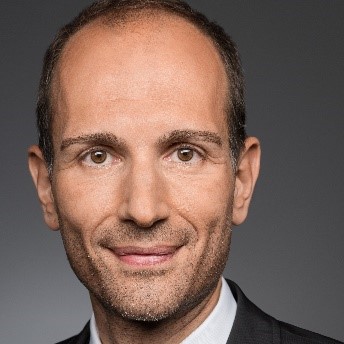
Jürgen Michael Schick | President of the German Real Estate Association IVD
There has been a breakthrough in efforts to reform Germany’s property tax system. But what should have been good news has actually come to demonstrate just how far Germany is from a nationwide housing policy. I propose a quick test as a first step towards a unified strategy.
October 16 proved to be an important day for Germany’s housing sector. Two things happened, perhaps coincidentally, but both proved emblematic of German housing policy. First, there was a breakthrough in the lengthy negotiations on property tax reform as agreement seemed to have been reached between the governing grand coalition of CDU/CSU and SPD and their opposite numbers in the FDP and Greens. On the same day, EY published a study claiming that almost one in three German municipalities with more than 20,000 inhabitants are planning to increase the rate of property tax they levy within the next twelve months.
Since Germany’s property tax system was ruled unconstitutional by the Federal Constitutional Court, politicians have spent 18 long months arguing over the reform, stressing again and again that it should be revenue-neutral and should in no circumstances increase the financial burden on tenants and property owners. On the very day of the breakthrough in negotiations, however, the futility of these earlier reassurances became clear because it is the municipal authorities who will actually set Germany’s property tax rates, not the federal government. Many municipalities are so cash-strapped that they need every cent they can get their hands on, which is why they will happily raise the rates and, surprise, surprise, increase the financial burden on tenants and owners.
So, what does this tell us about German housing policy? It underlines once again that Germany is a long way away from a uniform, nationwide housing policy. The property tax reform agreed upon by the federal and state governments may in itself be revenue-neutral, but it will make no difference if the municipalities raise their assessment rates. Yes, housing construction policy has shifted in recent months and the government may have provided for a soft promotion of housing construction, but this will be undercut if tenancy law is tightened nationwide and rent caps are introduced at state level. If we keep taking one step forward and then one step back, we’ll never get anywhere.
And that’s not even factoring in the government’s climate protection policy, which may be necessary from an environmental point of view but is certainly making building and renovations, and thus housing, ever more expensive.
Despite the fact that politicians and commentators repeatedly highlight the housing crisis as one of the defining social questions of our time, we are no nearer to a comprehensive national strategy on how to solve it. On 21 September 2018, the day of the government’s much-trumpeted Housing Summit, there was a small glimmer of hope that an appropriate strategy could still be developed. Unfortunately, any hope was quickly dashed as political arithmetic dictated that every concession to the construction industry should be balanced out by a matching piece of regulation.
As a result, Germany’s housing policy remains piecemeal, a potpourri of countless uncoordinated measures. In fact, there are so many that it is extremely difficult to keep track of and respond to all of them. This is, of course, a tedious process. But it must be done. Housing policy is simply too important for us to stand aside in frustration and leave it to the politicians.
Every time a housing policy proposal or measure is being evaluated, we all need to ask the following basic questions: Will this measure increase the supply of affordable housing or increase the home ownership rate? If the answer to both of these straightforward questions is no, the proposed measure is unlikely to provide much relief for the German housing market. This is just a quick test (you could even call it the Berlin Test, because at the moment every housing policy proposal coming from Berlin would most likely fail), but if there is ever to be a truly nationwide housing policy strategy in Germany, this test would be an ideal first step in the right direction.
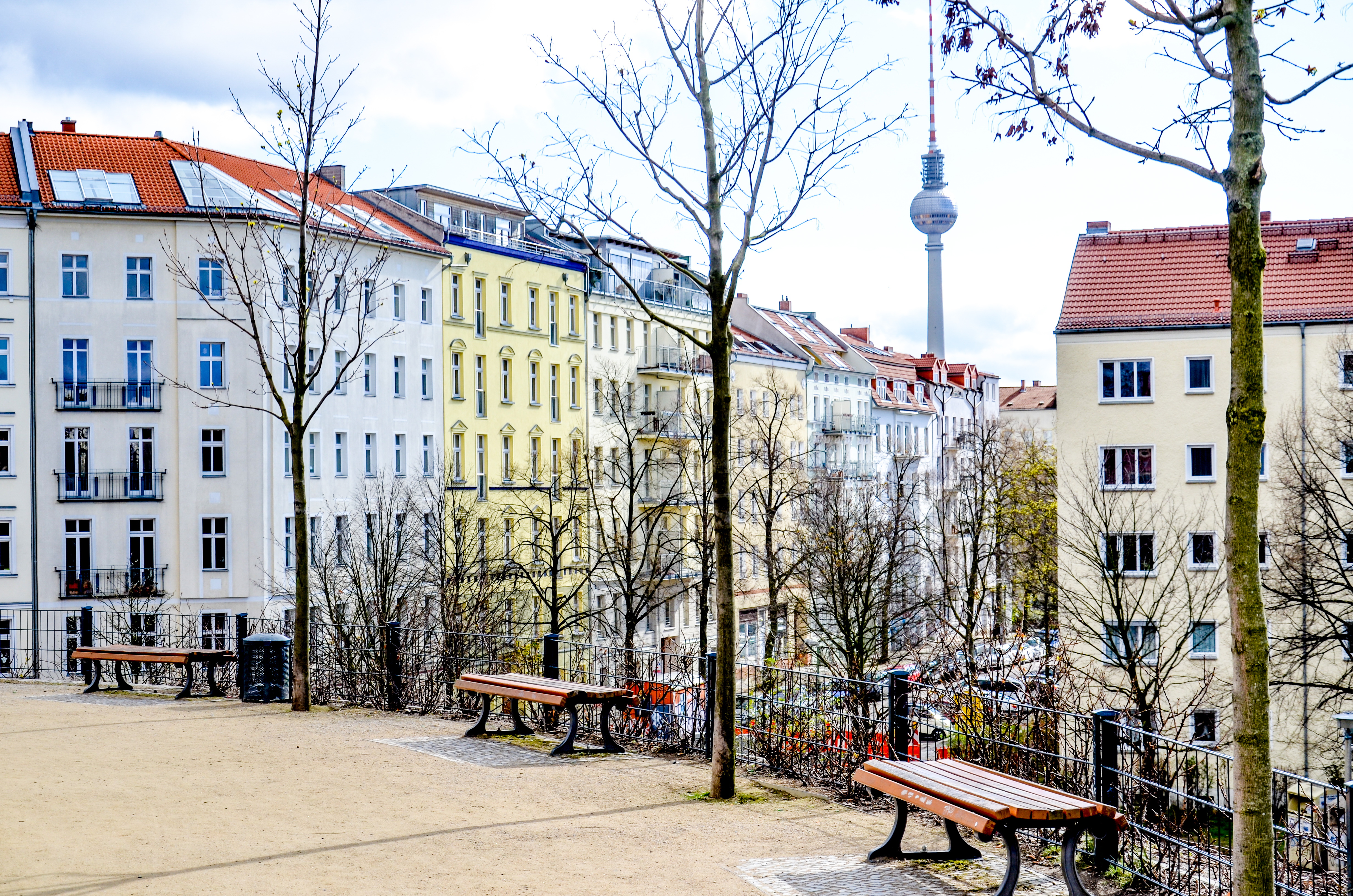
Habemus Mietendeckel” (“We have a rent cap!”) – pontificated Green faction leader Antje Kapek on Twitter regarding the agreement reached in October to introduce a rent cap in Berlin. The real estate federation IVD called the compromise a “return to socialist housing policy”. At the beginning of November, however, the Federal Ministry of the Interior announced that the Berlin Senate’s planned rent cap probably falls foul of Germany’s constitutional law. According to an email from the Federal Ministry, the state of Berlin does not have “the legal powers” to enact laws such as rent caps. The Ministry pointed out that rent limits are the purview of the federal government and are already “comprehensively and conclusively regulated”. Horst Seehofer (CSU) let it be known that the federal legislator’s decisions must not be “usurped” by a single state going it alone. Like many others, he sees the “legislative competence of the German states” in such matters as “null and void”. Kai Wegner (CDU) also considers the rent cap to be unconstitutional and expects that if the law is overturned by courts at a later date, demands for large additional payments or even eviction notices could be issued against Berlin’s tenants. In the meantime, the Beamten-Wohnungs-Verein (Civil Servants’ Housing Association) and cooperating non-profit building associations in Köpenick have withdrawn from a planned construction project on the Berlin housing market in view of the coming rent cap. The association and the cooperatives explained that the possible rent cap would mean they would lack the income needed to finance the new construction project.

As early as 2018, the expropriation debate started in Berlin, kicked off by tens of thousands of Berliners protesting against rising rents. In October, the SPD held its Berlin party conference and many members, including Lord Mayor Michael Müller, took the opportunity to address the subject of expropriation and adopted a clear position against their coalition partners. A majority of 58 percent voted in favour of a motion calling the socialization of real estate companies “impractical”. The SPD also confirmed that it does not plan to support the upcoming Berlin-wide referendum on expropriation. In comparison, the SPD’s coalition partners, the Greens and Die Linke, have been supporting the campaign to “Expropriate Deutsche Wohnen & Co.” for months. The goal of the campaign is to expropriate property companies who own more than 3,000 apartments. The first hurdle in securing a referendum, a drive to collect 20,000 signatures, has already been successful and the Senate is currently examining whether a petition for a referendum would be legally permissible. Family Minister Franziska Giffey (SPD) also spoke out against the expropriation debate in Berlin: “I hope that Berlin finds better messages to broadcast to the world. For me, a modern city is one that does not stand for expropriation, but for innovation”.
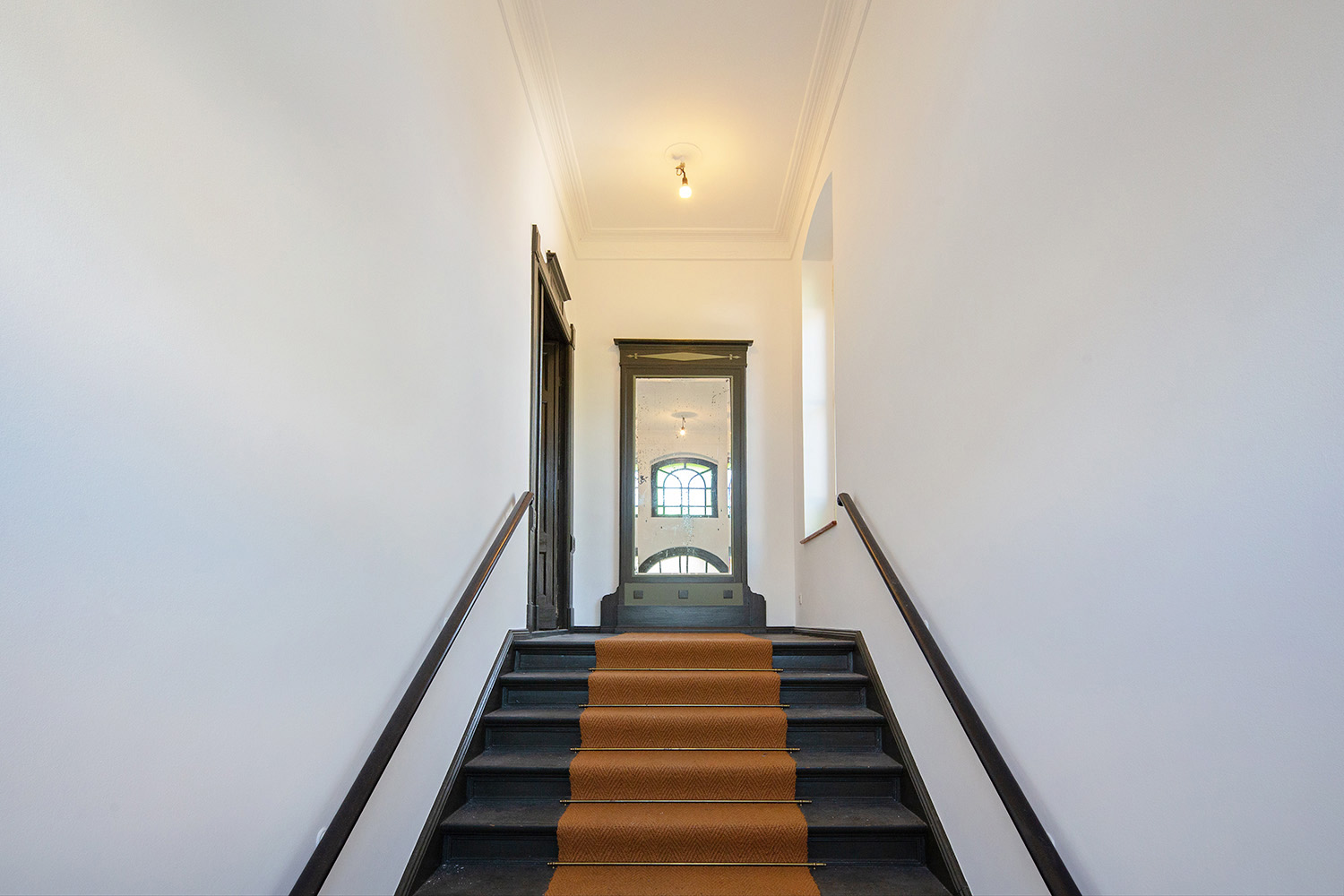
This beautiful, four-storey villa was built in 1908 and has a full cellar. It accommodates five residential units, ranging from 70 m² to 141 m².
The property is located in Biesdorf-Nord in Berlin’s Marzahn-Hellersdorf district.
Price: EUR 1,425,000 plus 7.14% sales commission (incl. sales tax)
Lettable space: 492 m²
Current net annual rent: EUR 50,930
Information acc. to energy performance certificate: Energy consumption: 163 kWh/(m²*a); energy efficiency class: E, central heating with warm water; built in 1908.
(Please quote property reference number 52123 when making your enquiry)
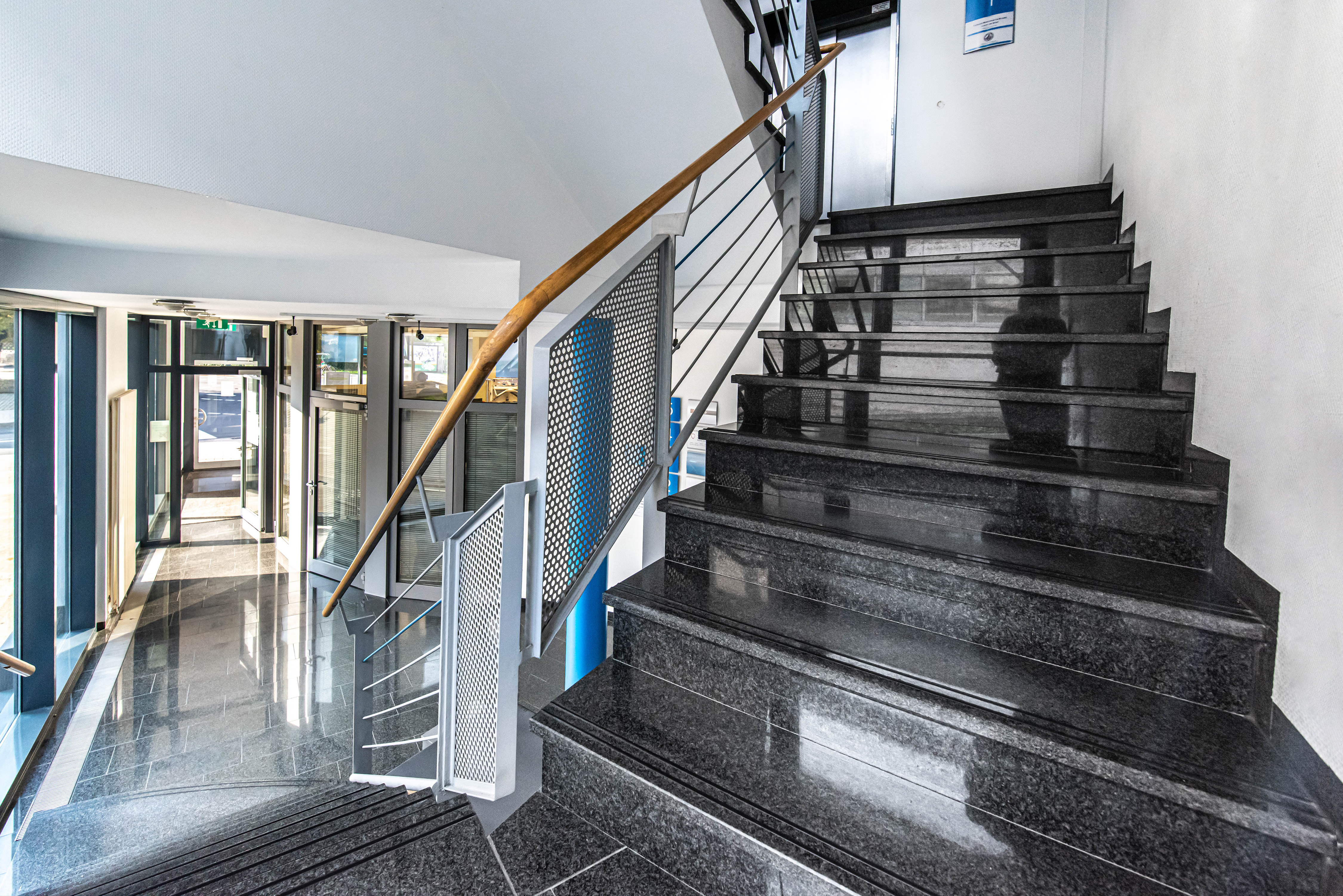
This six-storey office and commercial building with impressive modern architecture was built in 1996. The building has 13 units and an underground car park with 14 parking spaces.
The property is in a prime location of Jena.
Price: EUR 6,100,000 plus 7.14% sales commission (incl. sales tax)
Lettable space: 2,385 m²
Current net annual rent: EUR 319,220
Information acc. to energy performance certificate: Not available
(Please quote property reference number 52122 when making your enquiry)
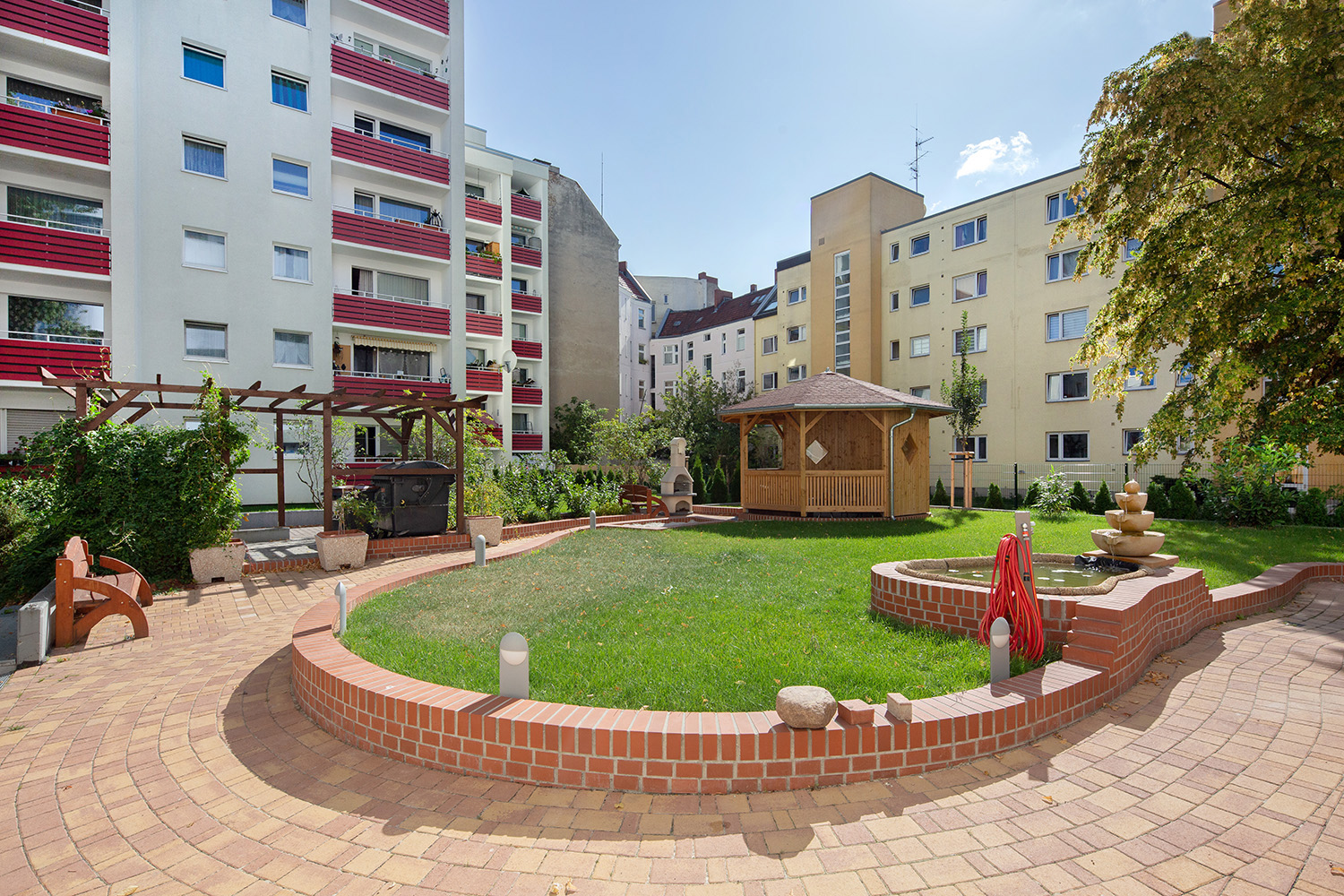
This well-maintained 1975 apartment building has 33 residential units, accessed via a staircase and a lift. In 2010 the property was completely renovated to the KfW-70 energy efficiency standard.
The property is located near the heart of the old quarter of Rixdorf in Berlin’s Neukölln district.
Price: EUR 4,500,000 plus 7.14% sales commission (incl. 19% sales tax)
Net cold rent p.a.: EUR 142,250
Lettable space: 1,773 m²
Information acc. to energy performance certificate: Energy consumption: 82 kWh/(m²*a); energy efficiency class: C, district heating with warm water; built in 1975.
(Please quote property reference number 52109 when making your enquiry)